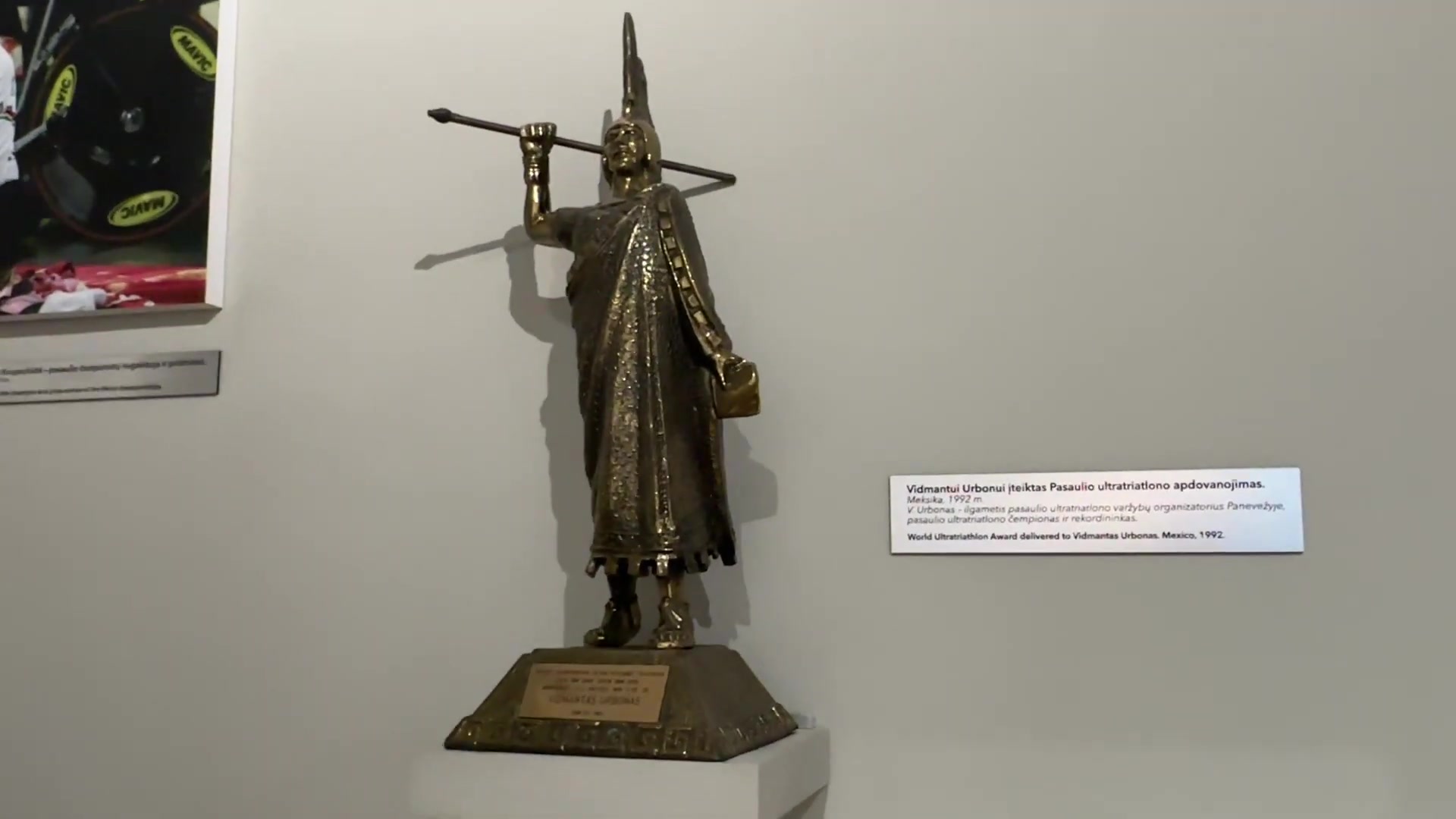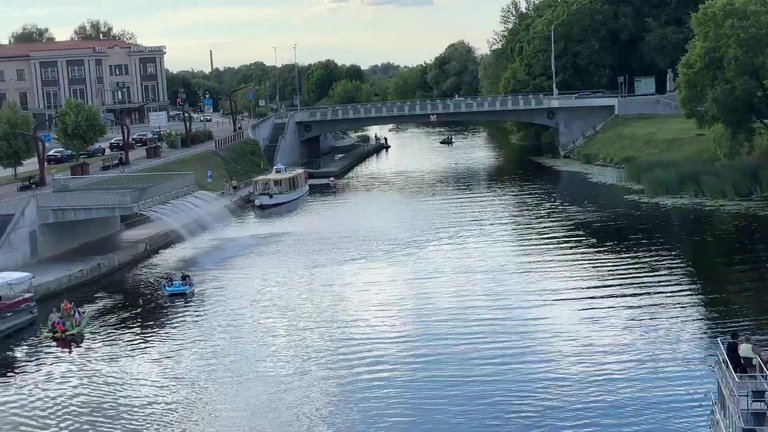
Hello everyone! Panevėžys was one of the cities we visited during our trip to Lithuania. My relatives in Riga planned the route for this trip and chose places that would interest them. They planned Kedainiai as the next city. However we first had to pass through Panevėžys, a major industrial center. Generally Panevėžys is located on the E67 highway from Tallinn to Europe, so we have to pass through here every time we visit our relatives. More precisely we usually pass around the city. But this time we finally had the chance to enter the city. 😊

When we first arrived I couldn't pronounce the city's name correctly. My relatives corrected me and the correct pronunciation is pah-neh-VYAY-zhees. Yes, it's a bit of a tricky name to pronounce. Panevėžys is located on the banks of the Nevežis river and its name is derived from this river. It means the city at Nevežis.

On a sunny day we set out to explore the city. We began walking towards the lake. The postcard of Panevėžys is the lakeside promenade on Nevėžio senvagė lake, which is located on the former Nevežis riverbed. We passed in front of a middle school building.

Then we passed a beautiful building with the inscription Panevėžio kraštotyros muziejus on it. We learned that it is the regional history museum. Curious, we decided to explore inside. The museum exhibited many artifacts and artworks related to the region's culture and history.




From the information we gathered here Panevėžys was founded in 1503 by the Lithuanian duke Alexander and began to develop rapidly from the 16th century. It became one of the major trade centers of the union established between Poland and Lithuania. Later it became part of the Russian empire and grew further with the expansion of the railway network.






When Lithuania gained independence in 1918 Panevėžys became a part of independent Lithuania, but it suffered significant damage during World War II. It was rebuilt during the Soviet era with industrial investments. After Lithuania regained its independence in 1991 it continued to develop.
















After the museum we continued our walk. We passed the Dramatic theater building and reached the lake.



Here there is a monument dedicated to Alexander Jagiellon, the founder of the city, the King of Poland and the grand duke of Lithuania. The sculptor has depicted Alexander Jagiellon holding a model of the Saint Peter and Paul Church, which will be built 380 years later.

Behind the monument is Nevežio lake, where model ship sports competitions take place. It has a beautiful, quiet and peaceful atmosphere. There are various sculptures in the park and for those wishing to stay, there is the Romantic Hotel.











After leaving the lake we continued our walk. As we passed in front of the library building, I saw the beautiful figurines in the windows. They were very lovely and we examined them with interest.



We were unable to get close to the church but saw it from a distance. The Saint Peter and Paul Catholic Church was built on the site of the first temple established during the time of Alexander Jagiellon. The monument in front of the church is dedicated to the victims of the Polish uprising. During the uprising the construction of the church was planned, but due to the uprising, the Tsarist government seized the construction materials. The construction was completed only 20 years later.

We then moved on to Kedainiai and stopped by Jelgava on our way back. The bridge here is quite interesting. The name "Jelgava" appears in reverse when viewed from a distance. The area features walking paths, fountains and trees. Various writer sculptures were also intriguing.

















